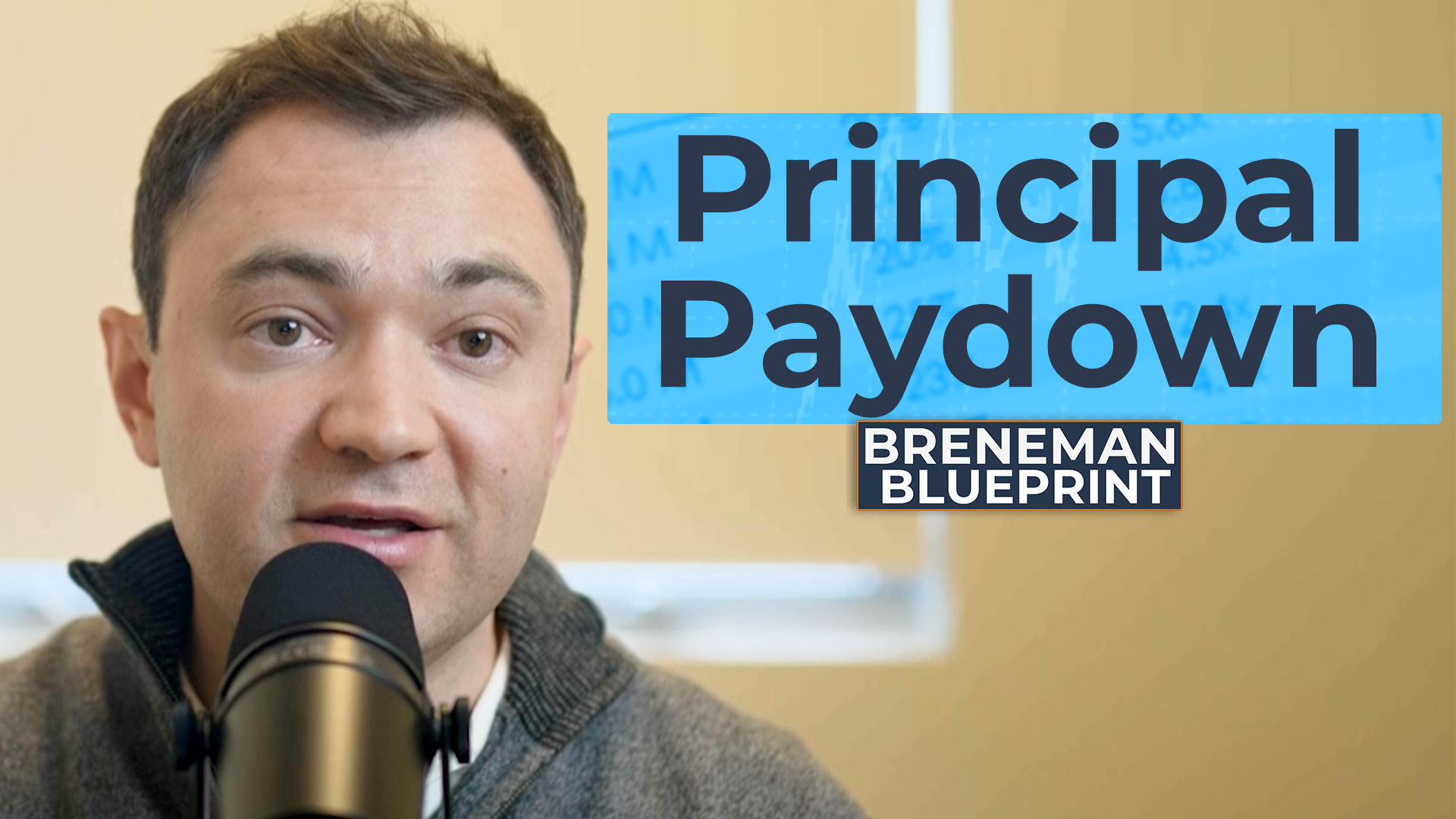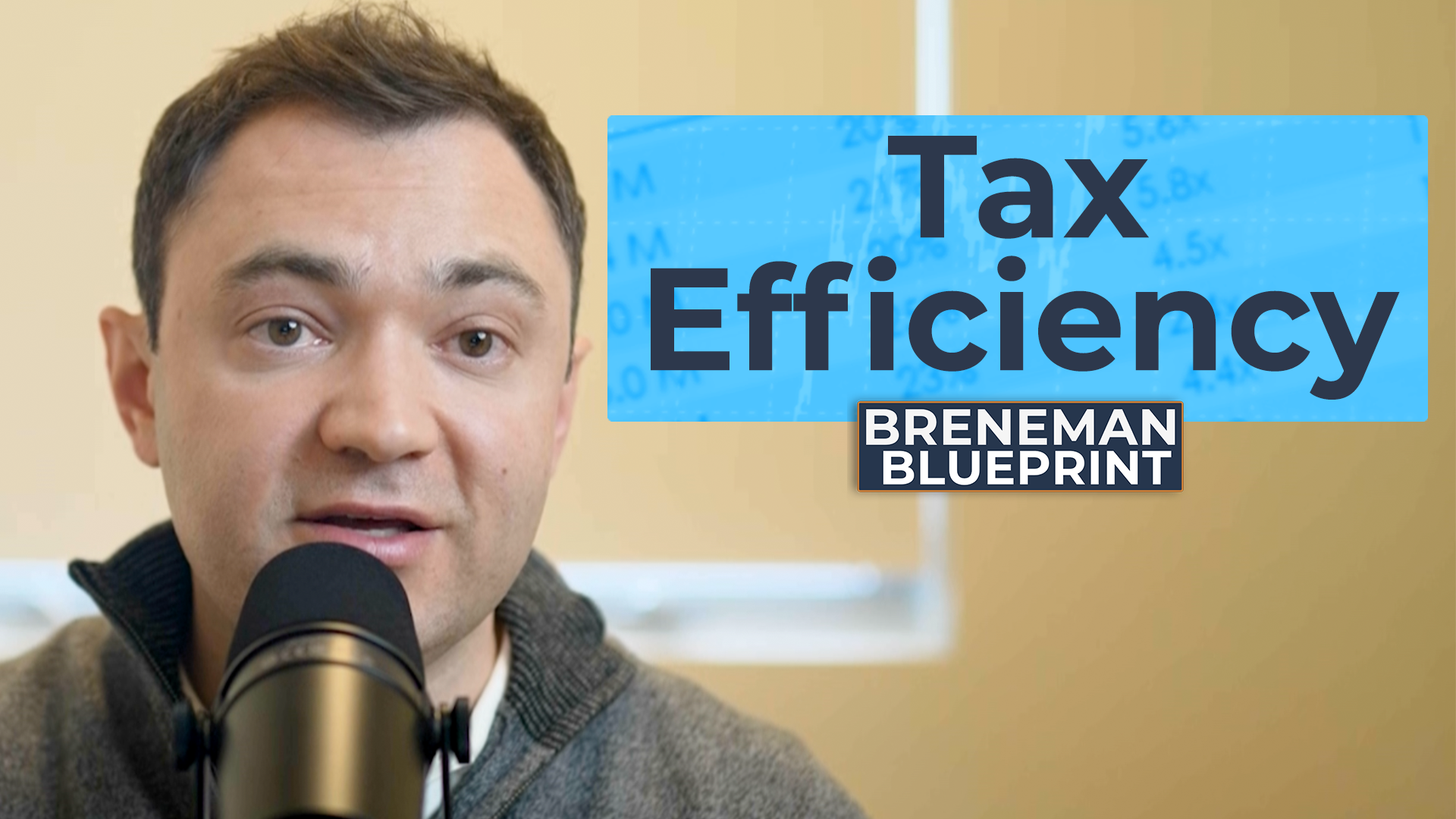What are the Benefits of Investing in Real Estate?
We understand your time is valuable, so as a bonus, we have linked to each part of the Breneman Blueprint Podcast episode 50, where Drew Breneman describes each of these benefits when asking the listener question: “What Are The Benefits of Investing in Real Estate?"
You can skip right to that exact section of the discussion using the video link in each section of this article if you prefer.
If you would rather listen to this episode on Apple or Spotify, please use these links:
Let's have a look at some of the fundamental benefits involved with real estate ownership and which are important considerations in creating and maintaining a well-balanced investment portfolio:
Regular cashflow
Real estate is a cash-producing asset type involving tenants or occupiers paying rent and the owner using such revenue to cover operating expenses (such as real estate taxes, insurance, repairs and maintenance, loan payments etc.) with the net income being distributed to investors, typically on a monthly or quarterly basis.
This may be the most attractive aspect of real estate, as it allows investors to collect passive income at a greater rate than other traditional investments.
Generally, investing in real estate offers higher-yields than most other forms of investment with different asset classes within the sector offering different yields according to their risk profile.
With stocks investors have to liquidate their holdings to gain meaningful profits, in real estate investment, the majority of return is derived from cash flow and paying down debt. This poses a significant advantage with more cash being returned to investors at regular intervals, providing more passive income and/or the ability to reinvest in other assets quicker.
Accumulation of equity through loan principal paydown
Mortgages or other loans usually involve the borrower making equal monthly repayments consisting of interest and principal to the lender. The amount of principal repaid is being used to reduce the balance of the loan amount and, so, principal paydown can be considered as acquiring shares of the property from the lender and gradually building up a quantifiable equity position.
This accumulation of equity is distinct from asset appreciation as a result of the increase in the value of a property.
Capital appreciation, hedge against inflation
Some of the most important considerations when building an investment portfolio involve maintaining the purchasing power of invested capital, either by capital appreciation or hedging.
Multi-family real estate is able to accomplish these twin aims through a combination of rental growth and cap rate compression.
As demand for real estate increases as markets grow, the accompanying inflationary pressures translate into tenants paying higher rents. Obviously, this enhances the cash flow of the investment, but it also directly affects capital values.
As real estate investment valuations are primarily a function of how much Net Operating Income (“NOI”) a property produces then, as a property’s income increases, so too should its market value on the basis that the cap rate used to value the property, and its income stream, decreases.
To recap:
Net Operating Income is the annual of a property’s rental income plus any other ancillary income streams from, say, car parking or provision of services, less its operating expenses (such as real estate taxes, repairs and maintenance, on-site staff costs, utilities, insurance, etc).
Capitalization Rate (or “Cap Rate”) is the yield (%) a prospective buyer expects a property to show in terms of its NOI, when compared to the purchase price. A higher cap rate indicates a riskier property, whilst a lower cap rate represents a less risky property. Typically, multi-family investors will seek to buy at a higher yield, “add-value” by repositioning or renovating, or otherwise improving the income of the asset. They can then sell at a lower or “compressed” cap rate to maximize the difference between the buy and sell price.
Even though, over the last 30 years, there have been two recessions which significantly impacted multi-family valuations, capital appreciation/property values have still managed to outpace inflation. Therefore, it can be said that multi-family real estate can deliver healthy appreciation returns (as well as strong income returns) and maintain the purchasing power of invested capital, over the long term.
Tax Efficiency
In multi-family real estate investment, it is common for investors to pay minimal taxes until a property is sold, thanks to annual depreciation and other tax allowances. Therefore, real estate investing is one of the most tax-advantageous investments available.
Some of main tax advantages of real estate investment are as follows:
Deduction of depreciation from NOI annually before taxes are assessed
Deduction of interest paid on any loan
Tax free cash out refinancing
1031 Exchange: tax deferrals
By way of comparison, other real estate related investments such as REITs do not offer the same benefits and, accordingly, REIT investors pay more taxes than private real estate investors. Furthermore, any dividends received by REIT shareholders are usually taxed at ordinary income rates, whereas non-REIT stocks have their dividends taxed as qualified dividends at more favorable tax rates.
Breneman Capital
Breneman Capital is a data-driven multifamily investment firm pushing the real estate industry into the future with a modern approach to direct real estate investments.
We focus on providing our investors with the best risk-adjusted investment opportunities in carefully selected markets across the U.S., researched and underwritten with extreme detail from our headquarters in Chicago.
The best part, you can experience all the benefits listed in this article with minimal effort by investing with Breneman Capital.
To begin receiving high-quality investment opportunities from us, sign up today:







